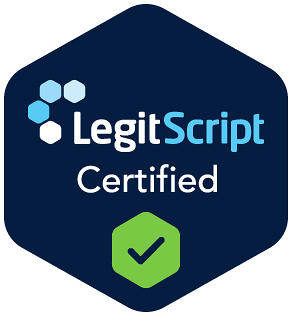

Learn to Greatly Influence Your Loved One with These Communication Techniques!
Communication techniques greatly influence the outcome we have with our loved ones! Check out this outstanding article on Being Heard: ...


They're Addicted, What Your Loved One Really Needs!
Families United helps parents and families learn and practice solution focussed and supportive methods for motivating their loved one to...


Why Old Methods of Family Recovery Don't Help Your Loved One and May Actually Hurt Them
https://youtu.be/8pI2xIfRViY Helping your loved one by gaining connection with them even while they're still using, positions you to gain...


New Strategies to Help You Become Your Loved Ones Best Chance at Addiction Recovery
Helping your loved one by gaining connection with them even while they're still using, positions you to gain influence with them and that...


Mother Gets Homeless Daughter Back Using Family Recovery Coach Andrea Arlington
If you love someone and want to be their best chance for recovery please see this testimonial from mother working with Andrea Arlington,...


Breaking New Ground in the Recovery Process with Expert Andrea Arlington
Families United helps parents and families learn and practice solution focussed and supportive methods for motivating their loved one to...


It's not easy being a heroin addict
This is from a blog and I found it so interesting... Hope you find it so as well. It’s Not Easy Being A Heroin Addict ...


Let Love Be Your Strength
"When Life gets tough, let love be your strength, your sword, your wings." ~ Andrea Arlington The Thing Is "To love life, to love it even...


If there is life, there is hope
I just celebrated my 52nd birthday and am now coming out of hiding and isolating after recovering over the last four years from the pain...
















